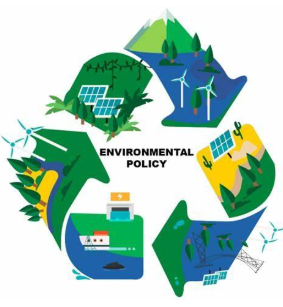Poland and Spain differ significantly in terms of climate and biodiversity. Poland has a temperate continental climate, with cold winters and warm summers. Its biodiversity includes large forested areas, wetlands, and a wide range of fauna such as bison, wolves, and lynxes. On the other hand, Spain has a Mediterranean climate, with hot, dry summers and mild winters, which supports unique biodiversity including cork oak forests, Iberian lynxes, and a variety of bird species.
Spain’s warmer climate makes it more vulnerable to droughts and desertification, while Poland faces issues such as air pollution and loss of wetlands. Despite the differences, both countries are home to valuable natural habitats and species protected under EU law.

As members of the European Union, both Poland and Spain follow EU environmental regulations. However, their approaches differ due to national priorities and challenges. Spain has been more active in renewable energy development, especially in solar and wind power. Poland, heavily dependent on coal, has been slower to transition to green energy, though it is making progress under EU pressure.
Environmental protection in Spain focuses on combating water scarcity, forest fires, and preserving marine ecosystems. In Poland, policies focus on air quality improvement, waste management, and reforestation.

Both Poland and Spain participate in international environmental agreements such as the Paris Agreement and are active in EU initiatives for climate neutrality. Spain is part of the Mediterranean Action Plan to protect the sea, while Poland contributes to the Visegrad Group’s environmental cooperation.
Spain often collaborates with countries in Southern Europe and North Africa on climate issues, while Poland works with its neighbors on protecting shared ecosystems like the Carpathians and the Baltic Sea.

Spain has implemented numerous ecological initiatives, such as massive reforestation projects, sustainable tourism programs, and the promotion of electric vehicles. One notable initiative is the “Green Spain” campaign promoting eco-tourism in the northern regions.
In Poland, ecological initiatives are often led by NGOs and local governments. Examples include the Clean Air Program (“Czyste Powietrze”), which supports replacing old heating systems, and campaigns to protect the Białowieża Forest, one of Europe’s last primeval forests.

The future of ecology in both countries depends on stronger political will and public awareness. Poland must accelerate its transition to renewable energy and reduce air pollution, while Spain needs to address desertification and water management more effectively.
Both countries have great potential to become leaders in ecological innovation if they invest in green technologies, education, and sustainable infrastructure.

Poland and Spain, despite their climatic and ecological differences, face important environmental challenges and opportunities. While Spain is ahead in renewable energy and water conservation, Poland is improving its environmental policies and public engagement. Through international cooperation and national commitment, both countries can significantly contribute to the global fight against climate change and environmental degradation.